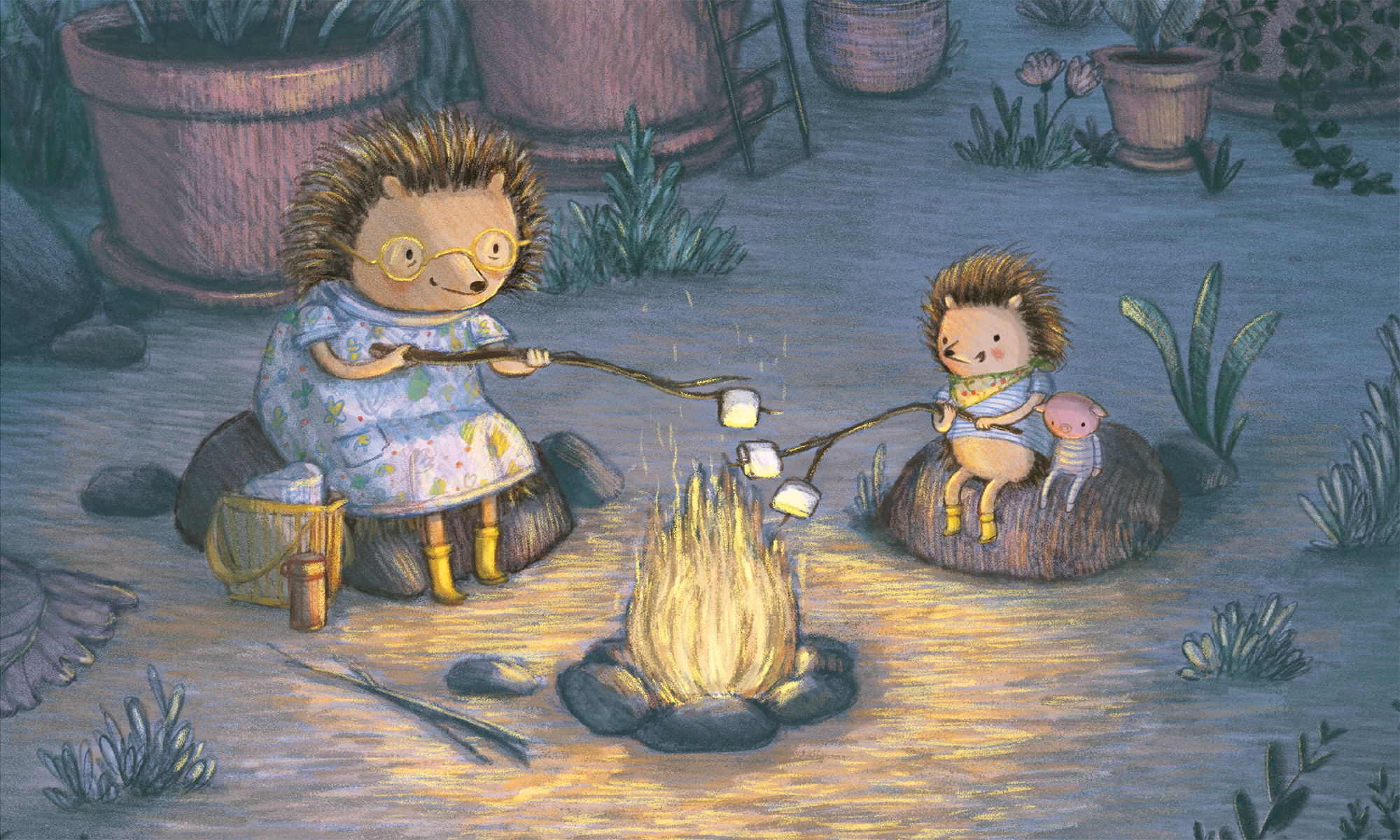Hello, and thanks for joining us at Tundra Telegram, the column where we sense the subjects overtaking readers’ attention and suggest some stimulating books that fit the script.
April is World Autism Month, which presents an annual opportunity to talk about autism spectrum disorder – including in the world of books. Over 70 million people worldwide are on the spectrum, but the number of books that feature autistic characters and published by autistic authors is (glaringly) much smaller.
However, things are changing for the better and young readers of all ages can find many good books that talk about autism spectrum disorder or feature autistic main characters – often written by autistic authors themselves or parents of autistic kids. Please read on to learn about some of our favorites.
PICTURE BOOKS
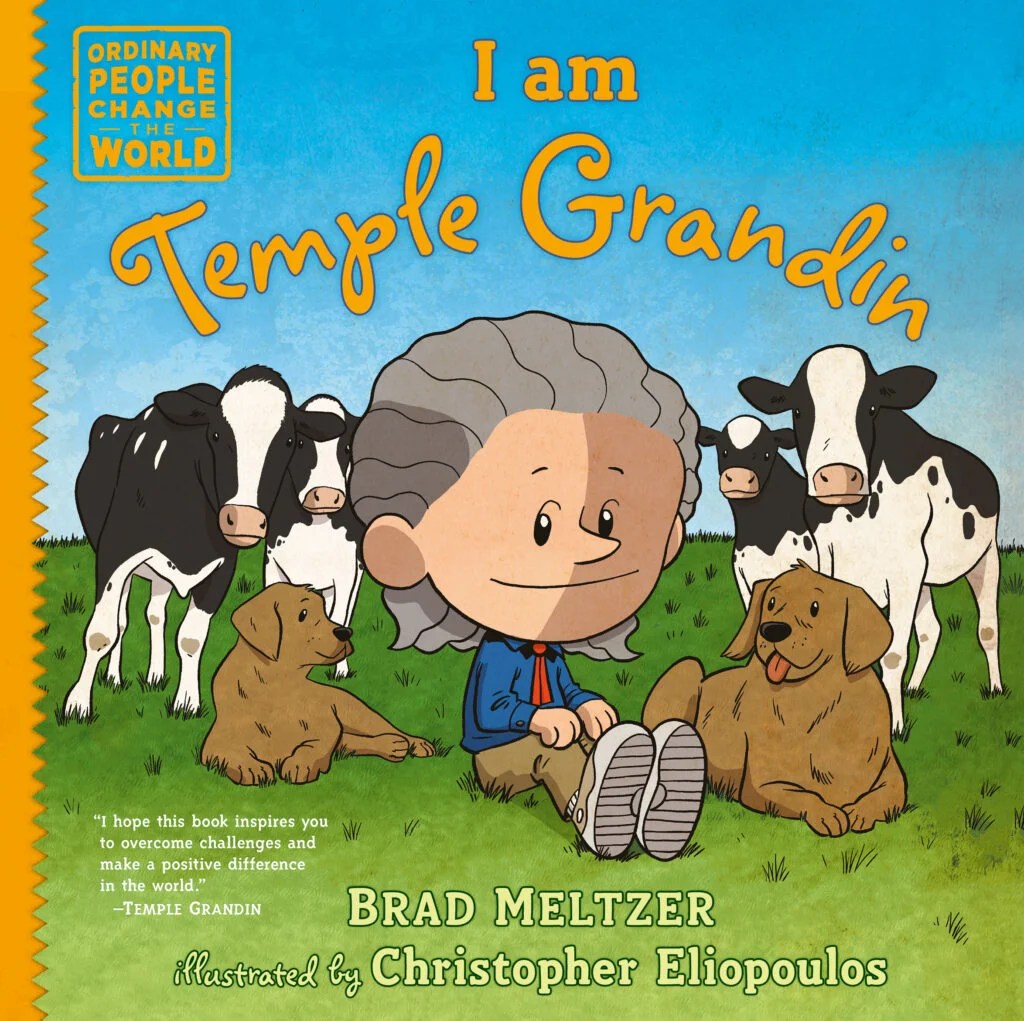
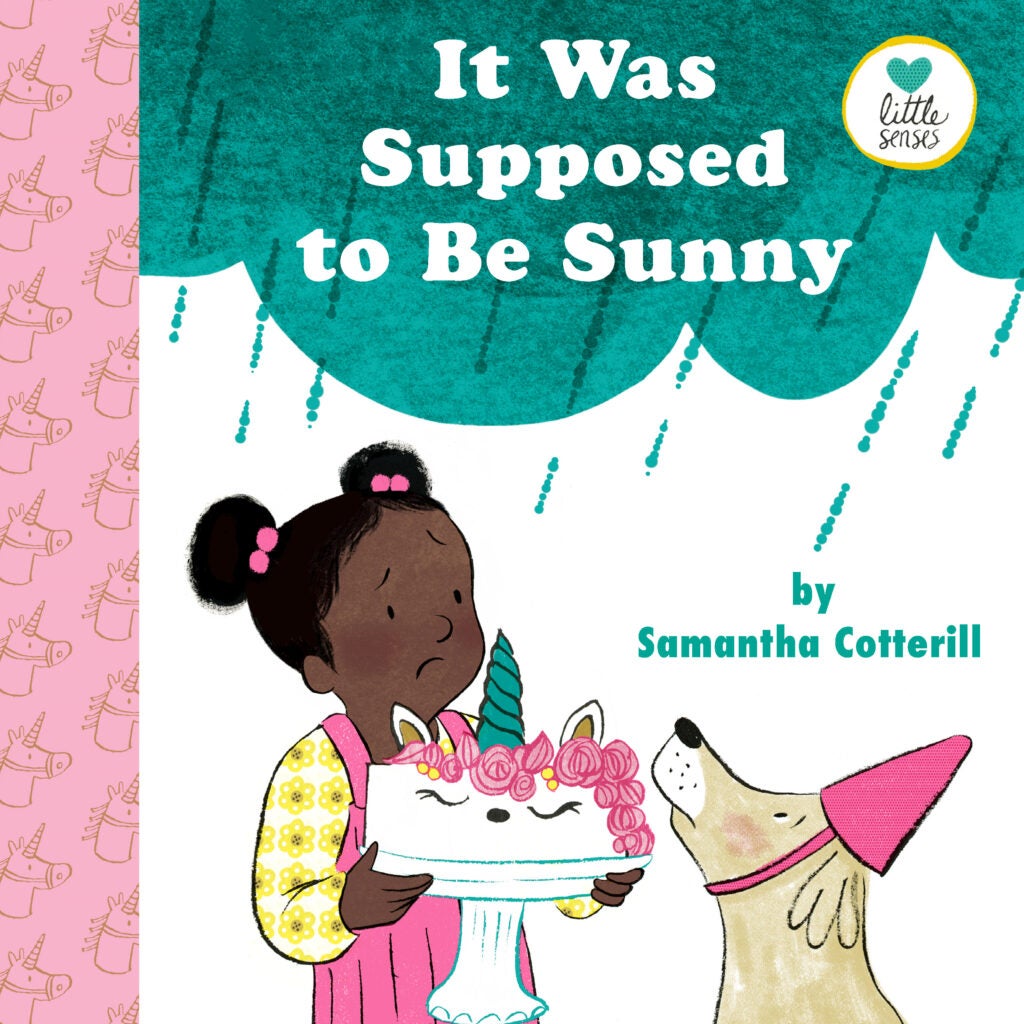
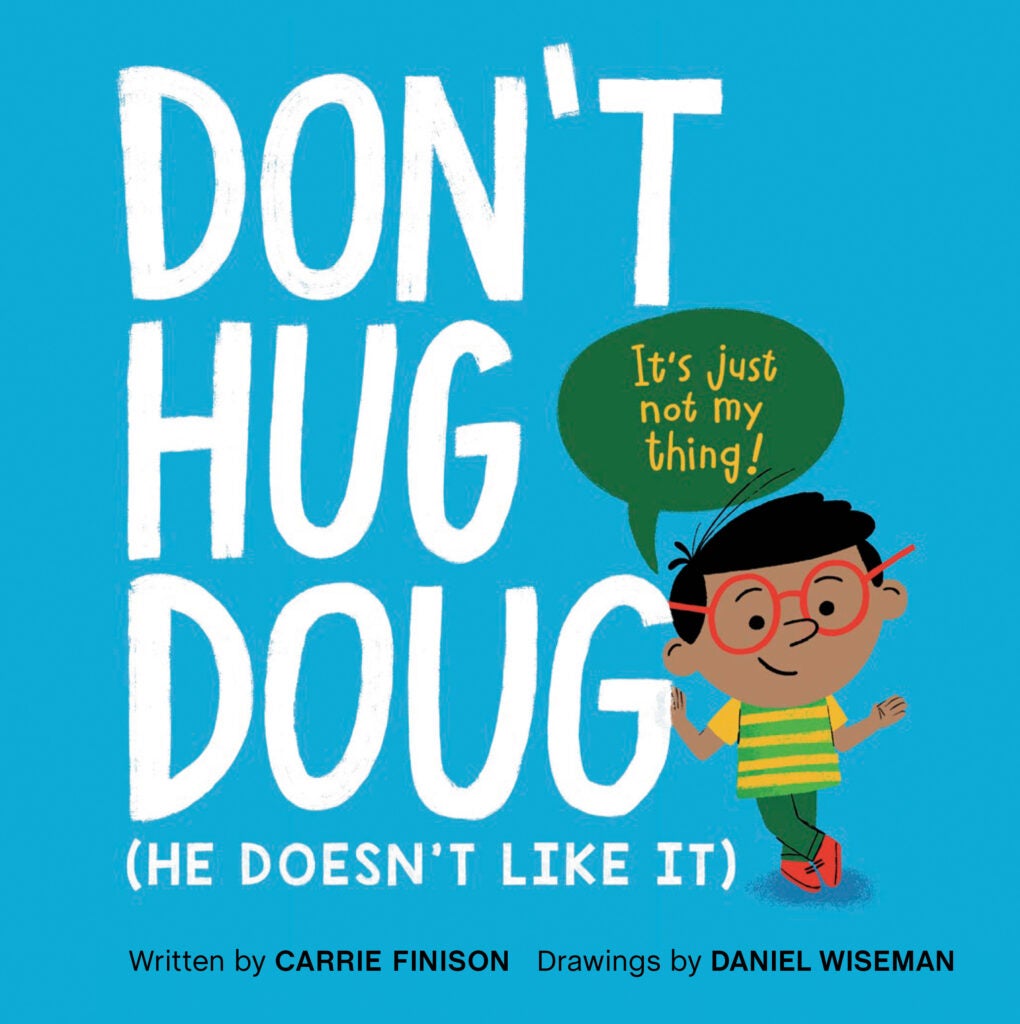
Author Brad Meltzer and illustrator Chris Eliopoulos have a series of picture book biographies called Ordinary People Change the World, and their book I Am Temple Grandin is a perfect example of how that is very true in terms of autism rights and neurodiversity. Grandin is an American scientist and animal behaviorist who also helped break down years of stigma around autism because she was one of the first adults to publicly disclose that she was autistic, and has since become an internationally known proponent of neurodiversity.
Changes in routine can be hard for any kid, but especially for kids on the autism spectrum when it comes to social situations. This forms the basis of Samantha Cotterill‘s book It Was Supposed to Be Sunny, in which a perfectly planned birthday party goes awry. The book was specifically written for kids on the autism spectrum and has been called “brilliant” and “engaging” by autism specialist Tony Attwood.
Though although not directly about autism or sensory processing difficulties, Don’t Hug Doug (He Doesn’t Like It) by Carrie Finison and Daniel Wiseman, it highlights the importance of consent and different comfort levels in social interaction. Finison has been explicit in her choice not to label or diagnose Doug, but many neurodiverse readers (and family members) have found the book a helpful one.


Another book that similarly refuses to label its main character is Midnight and Moon by Kelly Cooper and Daniel Miyares. Many readers feel the main character, a girl named Clara who has trouble fitting in with her peers, may be on the autism spectrum. Clara befriends a blind horse, Moon, who also struggles to find his place among the horses. The foal and girl both have special qualities that are recognized by friends who are open to seeing them: a boy named Jack and a horse named Midnight, But their specialness is recognized by nearly everyone when Clara and Moon demonstrate some real bravery in the midst of a powerful snowstorm.
While it’s not revealed outright just why the titular bouncing boy sees things differently in Trampoline Boy by Nan Forler and Marion Arbona, there’s a gentle suggestion that he is autistic. But the main message of the book – demonstrated by a girl named Peaches who jumps on a trampoline with the boy and spends time with him – is how important and valuable different perspectives are, when you’re willing to interact with people the way they’d like to interact.
CHAPTER BOOKS & MIDDLE GRADE
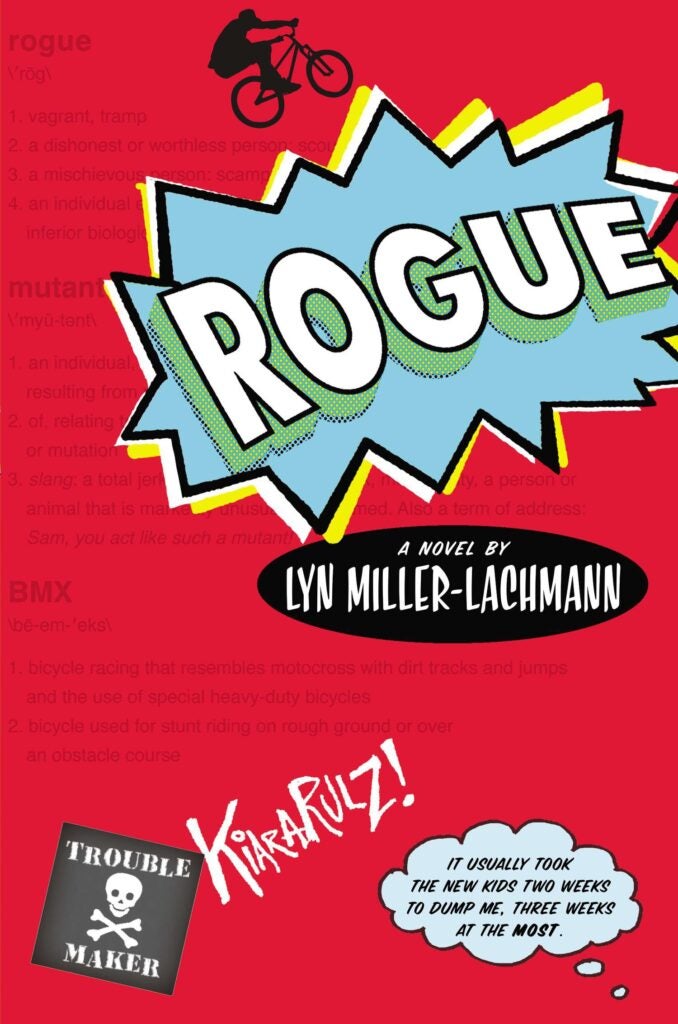
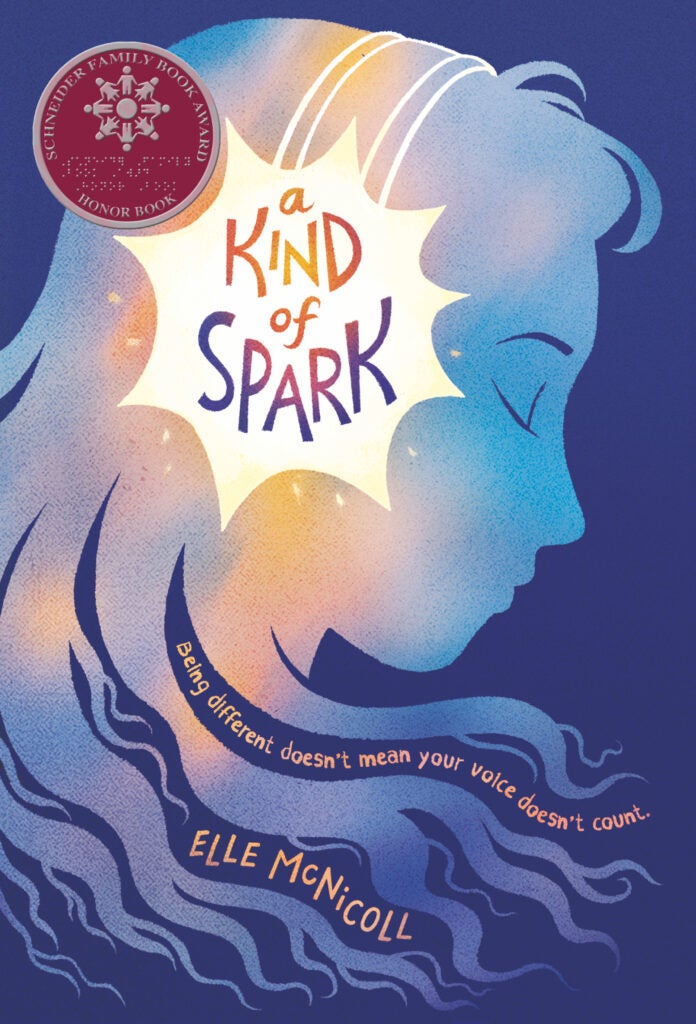

With an author who has ASD, Rogue by Lyn Miller-Lachmann, features an autistic girl, Kiara, who tries very hard to make friends. She identifies with the X-Men character Rogue, who hurts everyone she touches. (Now I’m invested.) When she makes friends with a new kid, Chad, she tries hard to make it work. But keeping his secret makes her question what little she understands about friendship.
Instead of a superhero, a neurodivergent girl finds a kindred spirit in victims of witch trials in A Kind of Spark by Elle McNichol. Addie, who, like McNichol, is autistic, discovers that her small Scottish town used to burn witches simply because they were different. Since Addie can sometimes see things that others do not, hear sounds that they can ignore, and occasionally feel things all at once, she feels a connection with the witches and campaigns to establish a local memorial.
Nova, the protagonist of Planet Earth Is Blue by Nicole Panteleakos, is a nonverbal autistic foster kid who loves space and is extremely excited about the looming Challenger launch. (That’s going to be a problem.) Nova is dismissed by many at first – except for her foster sister Bridget, but they are now separated, in different foster homes. The author has ASD herself and the book makes it clear how much has changed regarding neurotypical people’s understanding of autism since 1986.
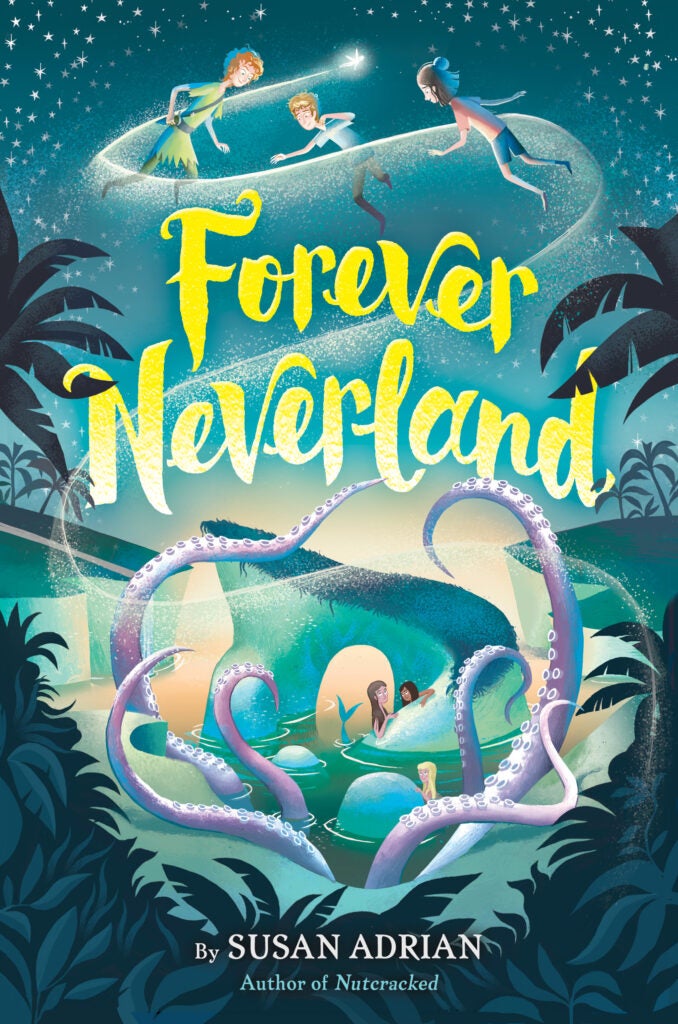
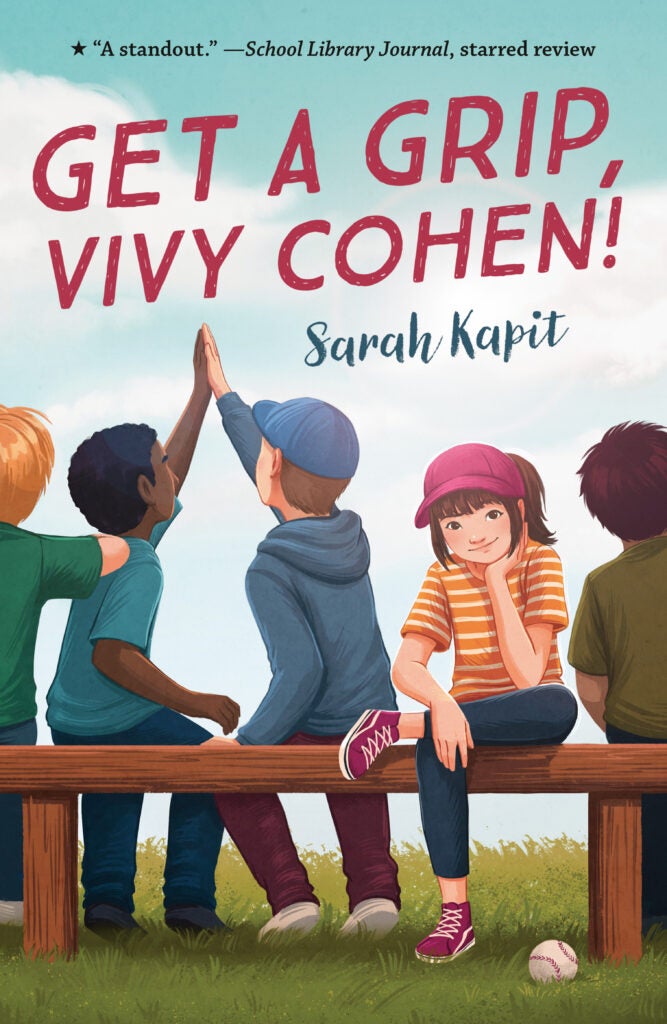
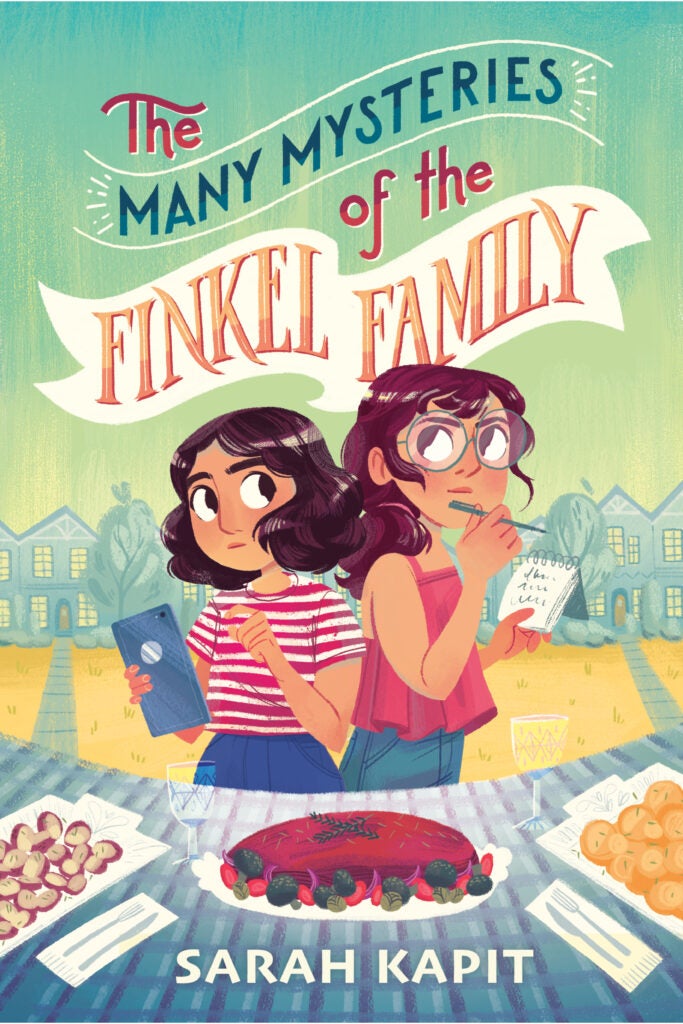
If you’re a little disappointed Victorian literature doesn’t feature more autistic characters, then Susan Adrian‘s Forever Neverland is for you! A contemporary follow-up to J. M Barrie‘s Peter Pan, the book features Clover and Fergus, the great-great-grandkids of Wendy Darling, taken to Neverland by that forever young boy. Fergus happens to be autistic, and while his sister Clover worries about him, he feels that Neverland is a dream come true.
An eleven-year-old autistic athlete doesn’t let anything stop her from playing baseball in Sarah Kapit‘s Get a Grip, Vivy Cohen!, even if she would be the only girl on her team. Part of her determination comes from (fictional) Major League pitcher VJ Capello, who kindly responds to her letters.
Autistic author Sarah Kapit also has a rollicking tween detective story, The Many Mysteries of the Finkel Family, in which two autistic sisters – one verbal, one nonverbal who uses a tablet to communicate – Lara and Caroline reluctantly team up to form FIASCCO (Finkel Investigation Agency Solving Consequential Crimes Only). Things goes awry when Lara starts snooping on Caroline, putting their detective agency in serious jeopardy!
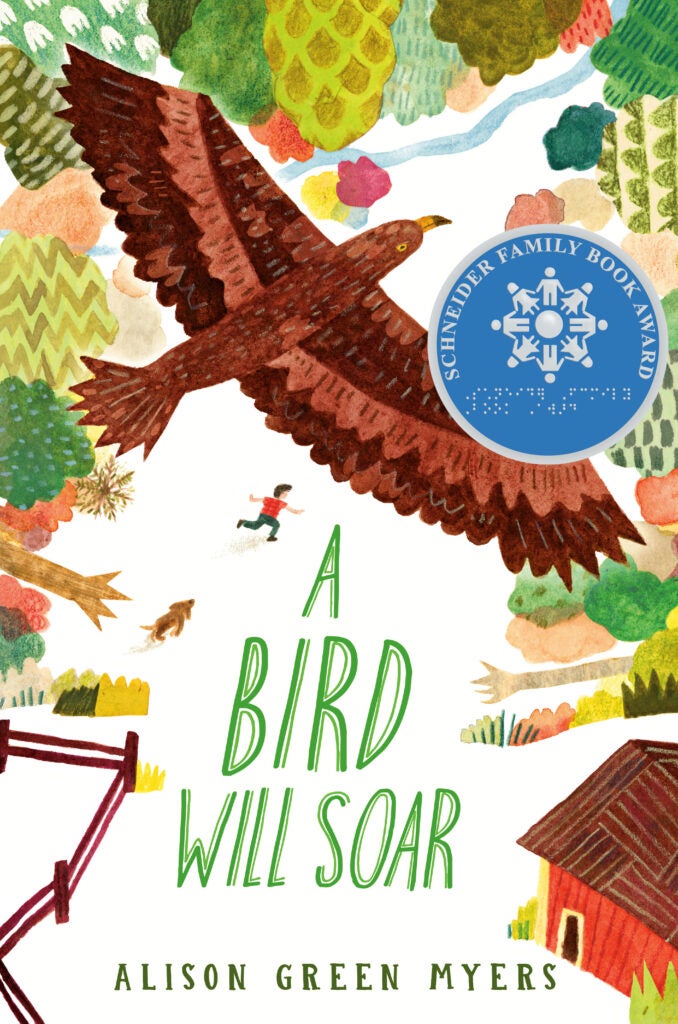


A bird-loving autistic boy, Axel, is the star of A Bird Will Soar by Alison Green Myers. When a tornado damages Axel’s home and – maybe worse – the eagle’s nest in the wood near his house – things get overwhelming. Suddenly his absent dad returns home to repair the damage, and Axel has to manage his dad’s presence and his favorite eagles’ disappearance.
Speaking of tornadoes: Tornado Brain by Cat Patrick is a coming-of-age story about a neurodivergent seventh grader inspired by her own kid. Frankie can’t stand to be touched, is bothered by loud noises, and hates changes in her routine. She has a friend, Colette, but that friendship is complicated. When Colette disappears, Frankie is convinced she’s left clues behind that only she can decipher.
And Counting by 7s by Holly Sloan Goldberg features Willow Chance, a girl possibly somewhere on the autism spectrum (although that is never explicitly said). Willow is obsessed with nature and diagnosing medical conditions, and finds it comforting to count by 7s. She’s never really connected with anyone aside from her adoptive parents, until (spoilers!) they both die in a car crash, leaving her alone. But Willow manages to find a fascinatingly diverse surrogate family and hope for an amazing future.
YOUNG ADULT
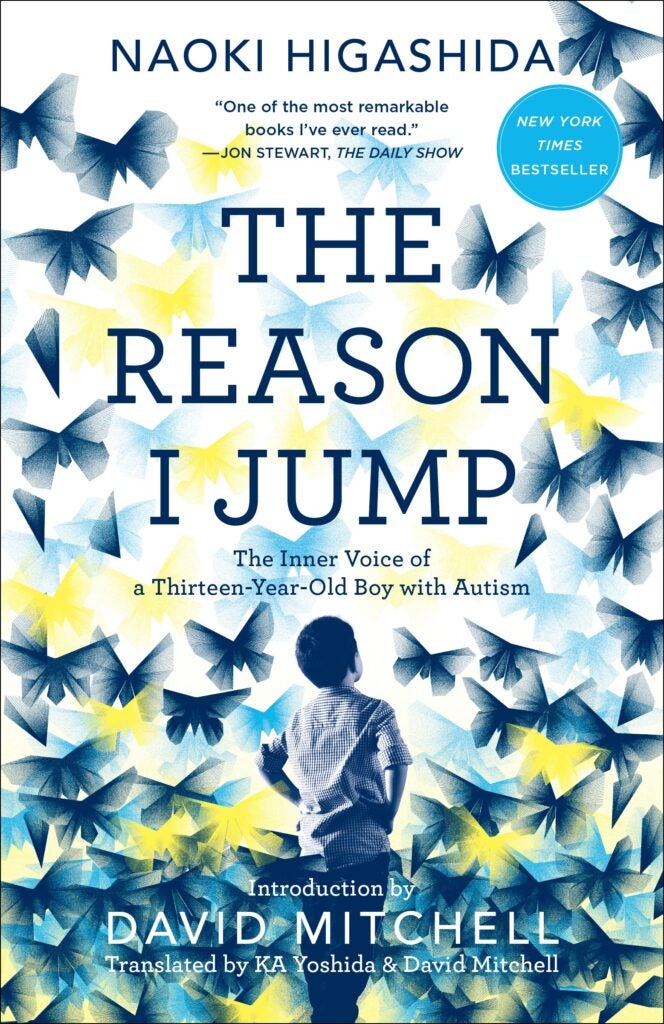

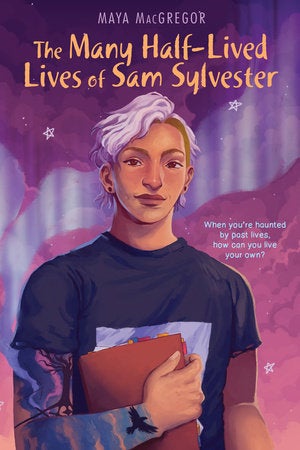
Naoki Higashida was only a middle-schooler when he began to write his memoir The Reason I Jump. Autistic and with very low verbal fluency, Naoki used an alphabet grid to spell out his answers to the questions he imagines others most often wonder about him and being autistic. The result, translated to English by KA Yoshida, and with an introduction by David Mitchell (Cloud Atlas) is an attitude-transforming book that investigates everything from self-harm, perceptions of time and beauty, and the challenges of communication.
For something similar told in a very different manner, A Different Kind of Normal by Abigail Balfe is an illustrated memoir that’s hard to define. Balfe, a queer creative producer, stand-up comic, and part of the team behind the amazing animated series Big Mouth, has created a mind-blowing memoir about learning she was autistic later in life. Highly illustrated by Balfe herself, the book also includes a wealth of resources about neurodiversity and is perfect for demystifying autism for curious young readers.
For a little re-mystifying … or just mystery, check out The Many Half-Lived Lives of Sam Sylvester by Maya McGregor, a queer contemporary mystery, featuring a nonbinary autistic teen (Sam, ‘natch) who tries to solve a 30-year-old mystery about a teenager’s death in their new Oregonian town, digging up old skeletons as they do (but not literally). McGregor, like Sam, is nonbinary and is autistic.

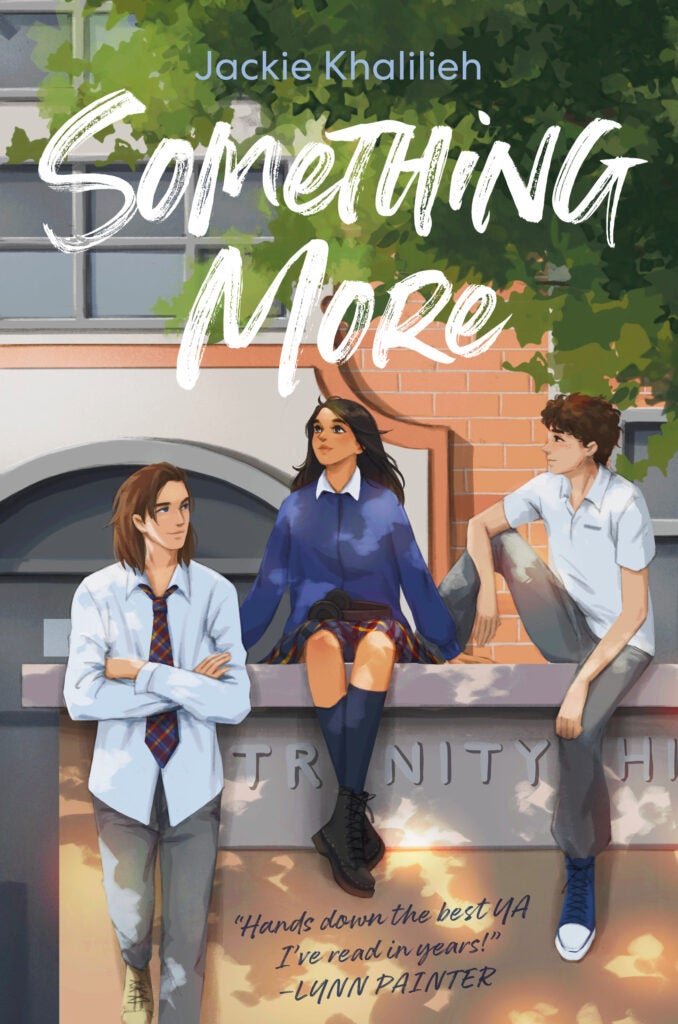
Two high school juniors make an unexpected connection in Julie Buxbaum‘s YA romance What To Say Next. David is autistic and socially isolated, but the relatively popular Kit appreciates his sincerity, especially after she loses her father in a car accident. Their relationship grows as Kit deals with the accident’s aftermath in this unexpectedly funny dual-perspective narrative.
Palestinian Canadian Jackie Khalilieh was diagnosed as autistic as an adult, which – among other things – led her to look back at episodes in her teen years with a new perspective. One result of this is her YA debut novel, Something More, a fun contemporary romance with a protagonist – Jessie – who is obsessed with the nineties and learns she’s autistic. We’re excited for readers to follow Jessie’s journey after her new diagnosis, as she wonders who to trust with her news, and creates a list of goals that range from acquiring two distinct eyebrows to getting a magical first kiss and landing a spot in the school play. Look for it in stores everywhere in June 2023!
